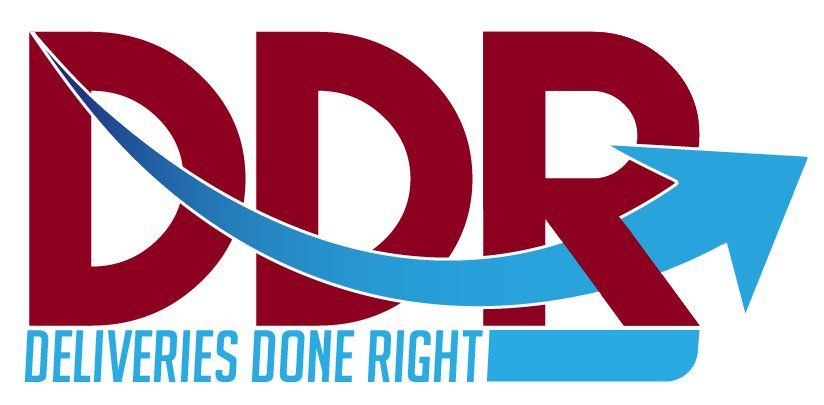5 Musts For Lifting Anything
Proper lifting techniques for heavy objects are critical to avoiding injury and strain. Courier companies like ours know the importance of using proper lifting techniques. Lower back injuries are all too common among people who lift heavy objects regularly without appropriate lifting techniques, yet when appropriate methods are utilized, strains, sprains, and other types of injury are less likely to occur. According to the BLR, back injuries of more than 1 million workers account for nearly 20 percent of all injuries and illnesses in the workplace. The same statistics apply to the Richmond and Tidewater areas in Virginia. It is critical for businesses to teach their employees proper lifting techniques.
HOW TO LIFT HEAVY OBJECTS
Several things have been shown to reduce the chances of injury when lifting, including:
1. SPREAD YOUR FEET WIDE
Spread your feet wide — a little more than shoulder width apart — before you lift any object. You want to have a strong base of support before you take on additional weight. If your feet are too close together, the weight will not be distributed well and may lead to strain while lifting.
2. SQUAT TO PICK UP AN OBJECT
Don’t bend down to pick up the object. Instead, bend your knees and squat, keeping your chest facing forward and your back straight. If you bend over to pick up a heavy object, the weight of the object will be transferred to your back muscles, which are not as strong as your leg muscles and less capable of bearing weight.
3. LIFT SLOWLY
When lifting the object, don’t pull up too quickly. Instead, push up with your legs slowly instead of pulling the package up with your back and arms. Your legs should be doing most of the work.
4. HOLD THE PACKAGE CLOSE TO YOUR BODY
Don’t attempt to hold the package out away from your body or over your head when carrying it. Instead, hold the object close to your abdomen to allow your core to handle most of the weight versus your arms. Ideally, hold the object between your mid-chest and mid-thigh area — this is called the “power zone”. When you need to change direction, move your feet to turn instead of twisting your trunk. Twisting while carrying a heavy object is a significant risk factor for back injuries.
5. SQUAT TO SET THE PACKAGE DOWN
For the same reason that you squatted to pick the package up, you want to do the same when setting the box down. Allow your legs to put in the majority of the effort to keep the strain off your back.
Even with good lifting techniques, it’s possible to become injured. However, the risk is much lower than when you lift incorrectly and put excess weight on parts of your body that weren’t meant to bear it.
OTHER “DON’TS” FOR LIFTING HEAVY OBJECTS
In addition to the above, make sure you don’t:
Lift more weight than you are physically able to
Hold your breath
Avoid asking for help with large objects or packages
Fail to plan a clear path before you pick up the object
Pull an object that is too heavy for you to push
CONSIDER A LIFTING BELT
A lifting belt is a unique belt that is designed to support your lower back when lifting heavy objects. It helps to stabilize your spine and can allow you to lift more weight than you would be able to if you were not wearing a belt. If you lift heavy objects regularly, consider purchasing and wearing a lifting belt.










